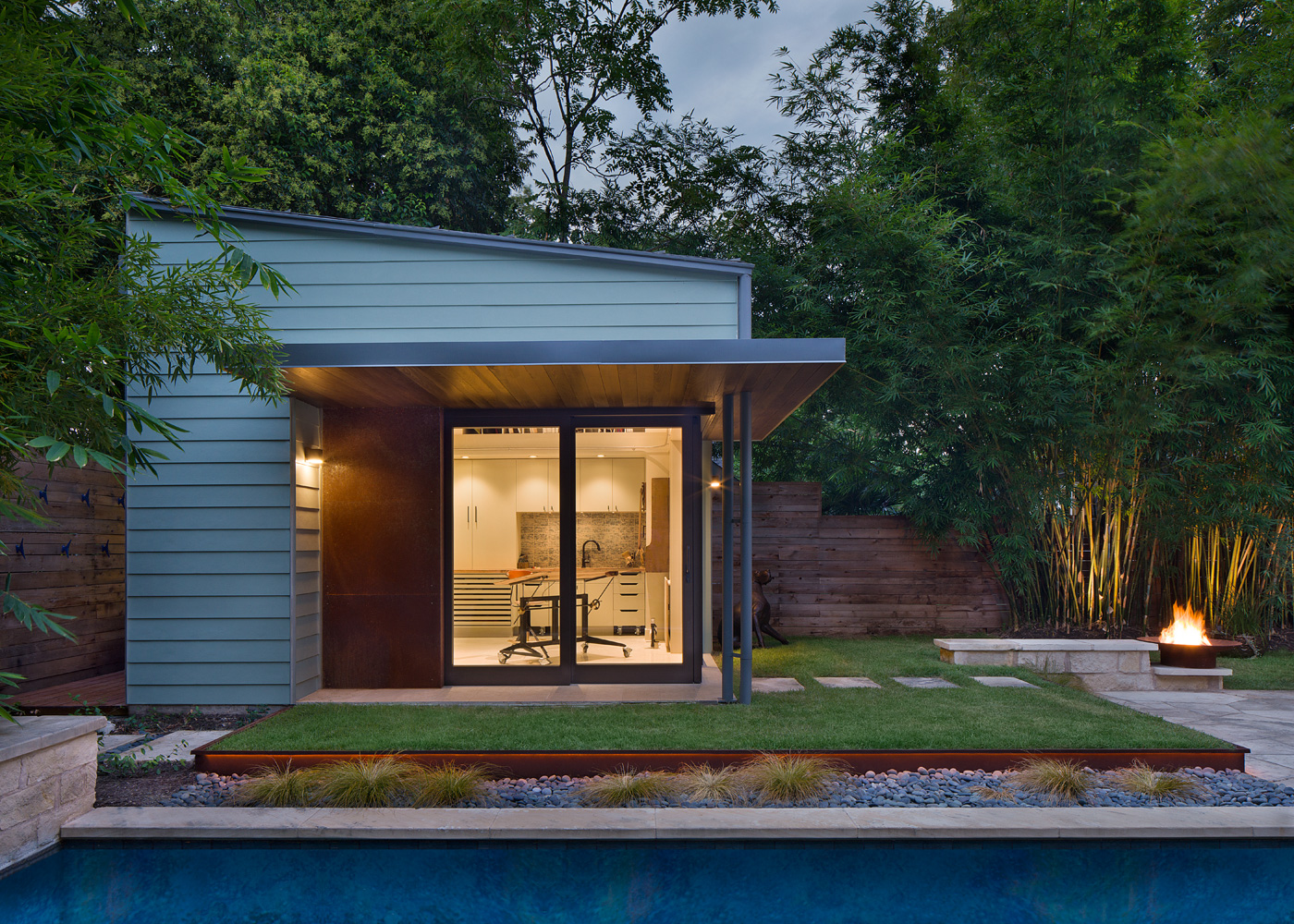Celebrating 40 Years of Design!
McKinney York Architects is pleased to announce our 40th anniversary!
Architecture, by its very nature, is a collaborative process. We actively seek the perspective of the communities we serve to create more authentic designs. This integrated, empathetic approach allows us all to experience the built environment with a sense of engagement, inspiration, and belonging. In celebration of our 40th anniversary, we take a closer look at each word of our mission statement that influences our approach to practice.

“This anniversary celebration is a testament of gratitude to our clients, consultants, trade partners, and local artists and artisans for contributions to concept-driven design over the past 40 years. We look forward to future successful collaborations continuing for decades to come.”
– Michelle Rossomando, AIA, RID, President and Principal
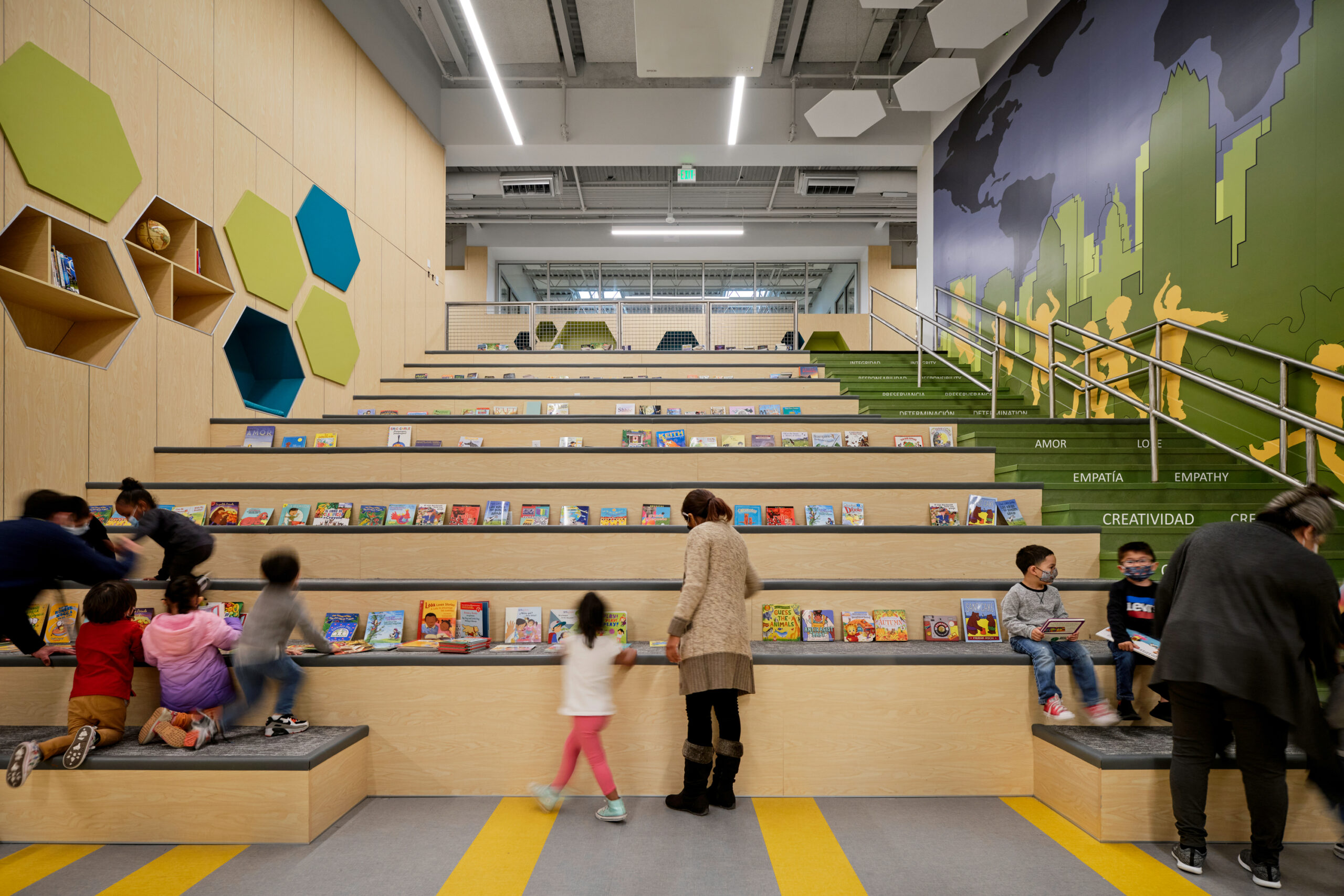
Austin ISD Sánchez Elementary School View Project
We create spaces that belong to people through mindful placemaking, identity, and connection.

“As architects we are tasked with meeting the needs of our clients, but we also have a calling to respond to the wider community. We are continually in a posture of listening and learning to create a sense of belonging for those who experience our work, and have found that a project receives its vitality through the contributions of everyone involved – the clients, the users, the community, and members of the design team.”
– Brian Carlson, AIA, LEED AP BD+C, Principal
The Montopolis Recreation and Community Center is the centerpiece of the community serving as a central gathering and activity space, and a gateway to the Montopolis neighborhood. Through its materiality and reserved integration into the site, the design reflects the relaxed, unpretentious attitude the neighborhood sought, while providing connectivity and identity through communal spaces such as the gym, multipurpose rooms, and boxing center.
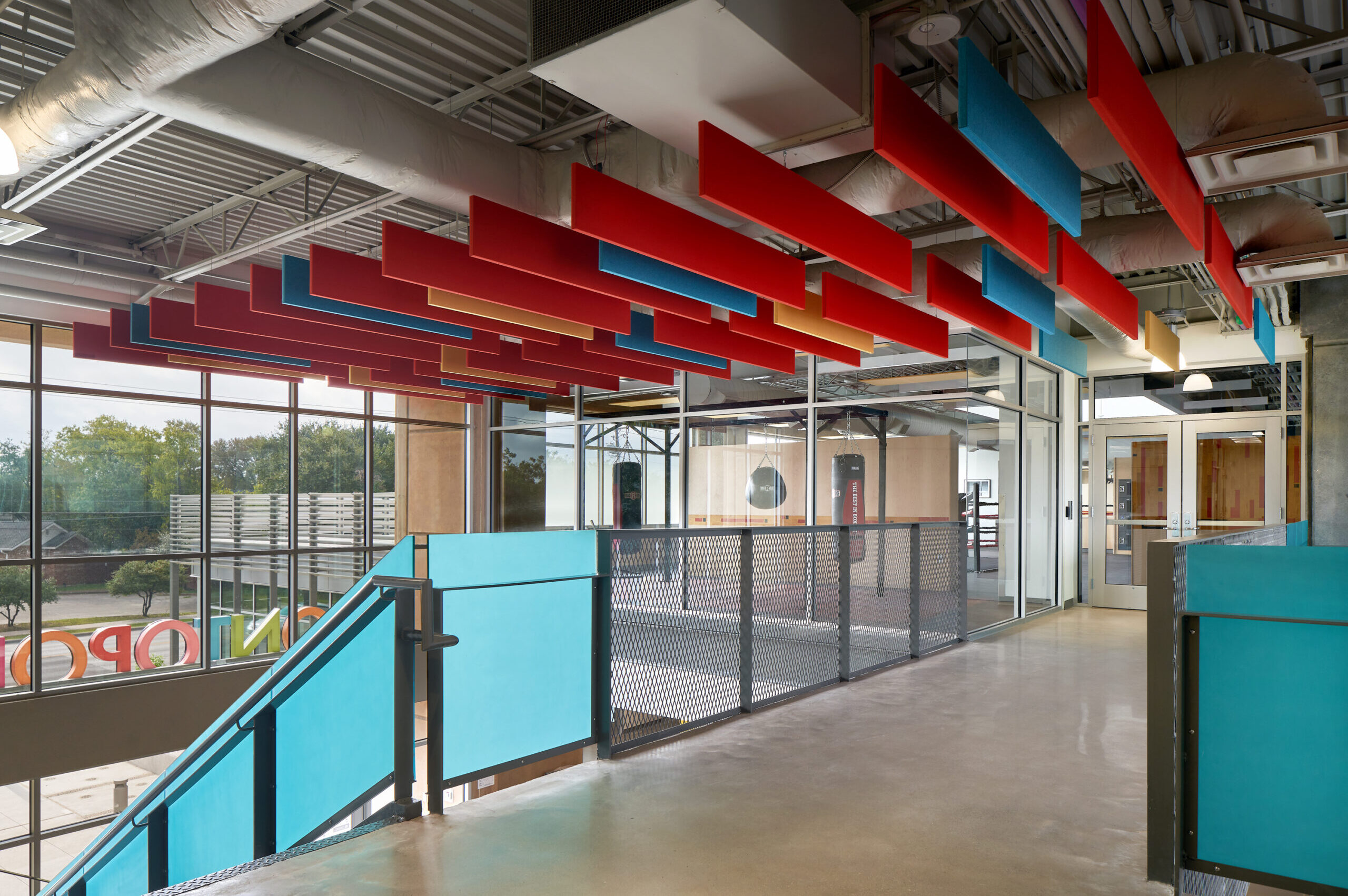
Montopolis Recreation and Community Center View Project
We create places that inspire people to do and be better through optimistic, thoughtful architecture.

“Most of our lives are spent within and around a built environment that shapes our lives and colors our thoughts and feelings. It seems to me that architects have an obligation to elevate that experience. We endeavor to create architecture that lifts and transforms lives by inspiring big ideas and bold actions, or quiet contemplation and simple wonder.”
– Al York, FAIA, RID, Principal
The McGarrah Jessee, an iconic building in downtown Austin exemplifying mid-century architecture, is home to the award-winning advertising and brand development agency. The renovation breathes new life to the building while delicately balancing historic preservation with a level of creative innovation that pairs with its occupant.
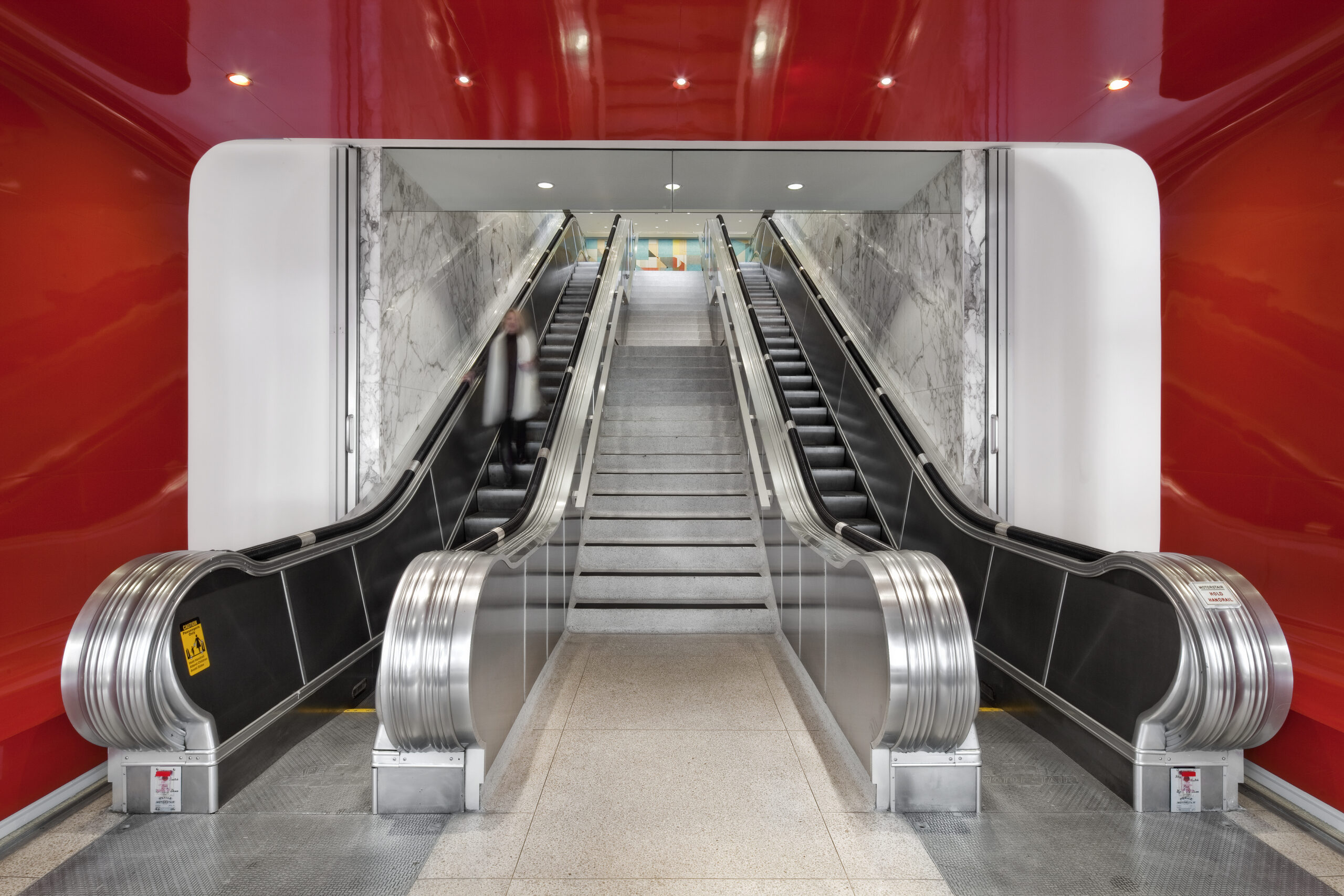
McGarrah Jessee Building View Project
We create places that engage people by inviting thought, stirring emotions, and awakening senses.

“One of our responsibilities as designers of the built environment is to engage our clients and the people that may experience our work. At the most ambitious level, we do that by developing concepts in each of our projects. Through careful planning, we hope our design decisions feel as though they are self-evident, ultimately creating opportunities for that engagement to occur.”
– Will Wood, AIA, RID, Principal
The Rox, Duke, and Danay Covert Admissions Welcome Center is the “front door” for prospective students at the University of Texas at Austin, designed to entertain, educate, and engage visitors while sharing the energy, sprit, and possibilities of the university.
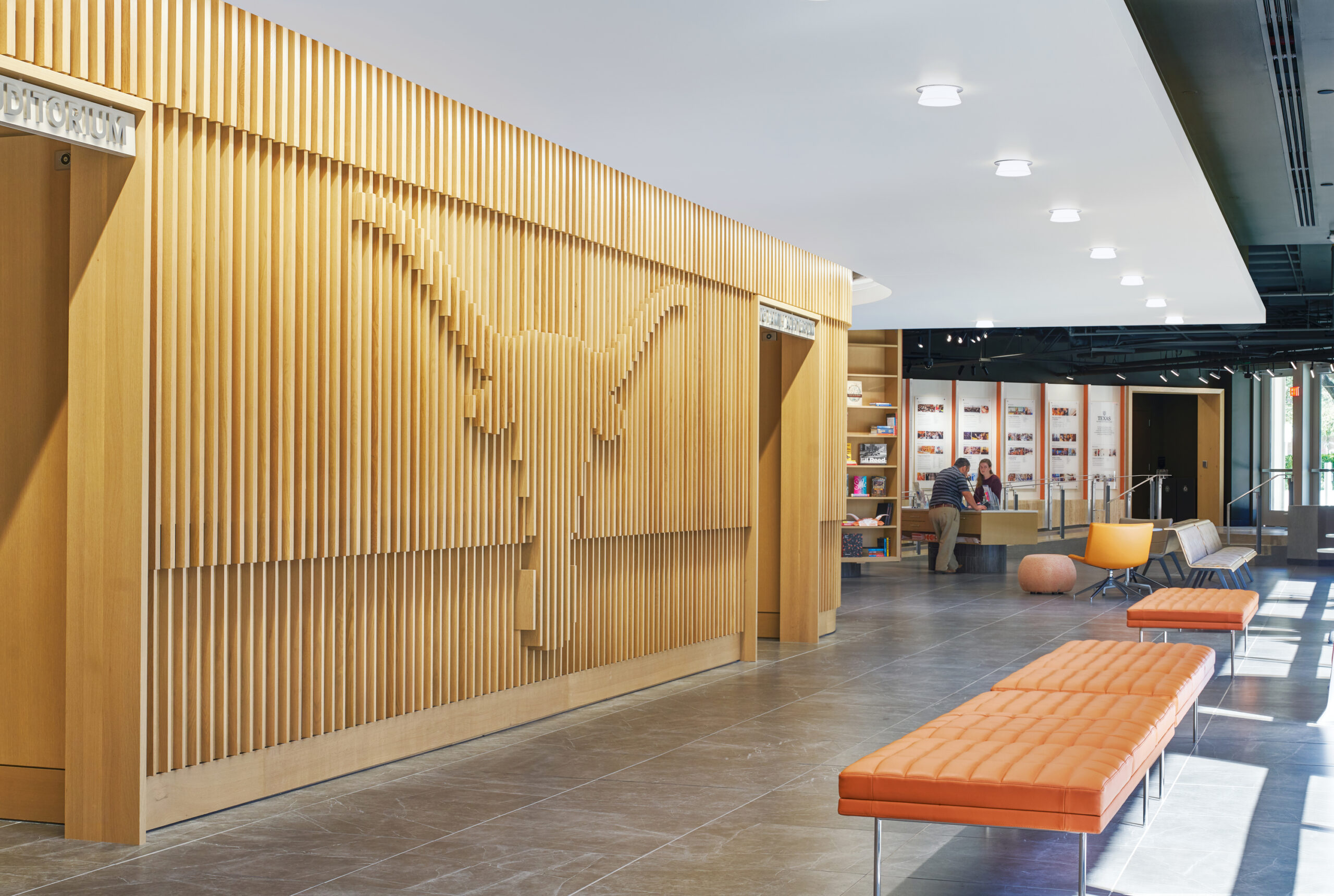
Admissions Welcome Center View Project
Over the last four decades, we’ve had the opportunity to collaborate on hundreds of projects, each rooted in our desire to connect people to each other and the world round them by creating architecture that engages, inspires, and belongs.

“We believe our work is better when all voices are heard, and we are deeply committed to improving the built environment through inclusive and sustainable design. As we look ahead to the next decades and our continued growth in central Texas, we remain committed to our mission to create architecture that resonates across the full breadth of people’s humanity – their minds, their hearts, and their senses.”
– Heather McKinney, FAIA, RID, Founder
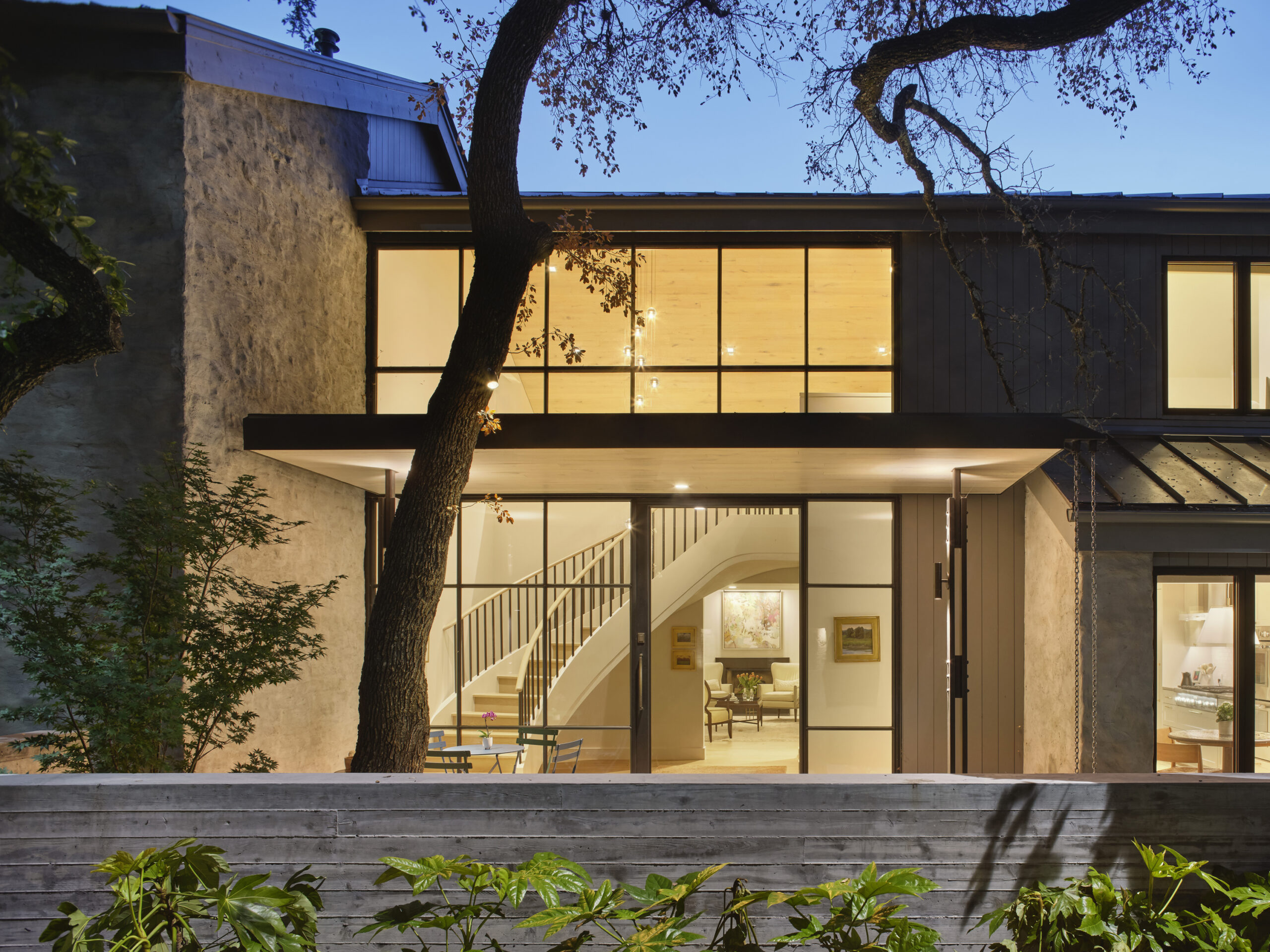
Winter Park Residence View Project
You can explore the studio to gain insight into our design philosophy and approach, or see our ideas come to life by viewing our work.
